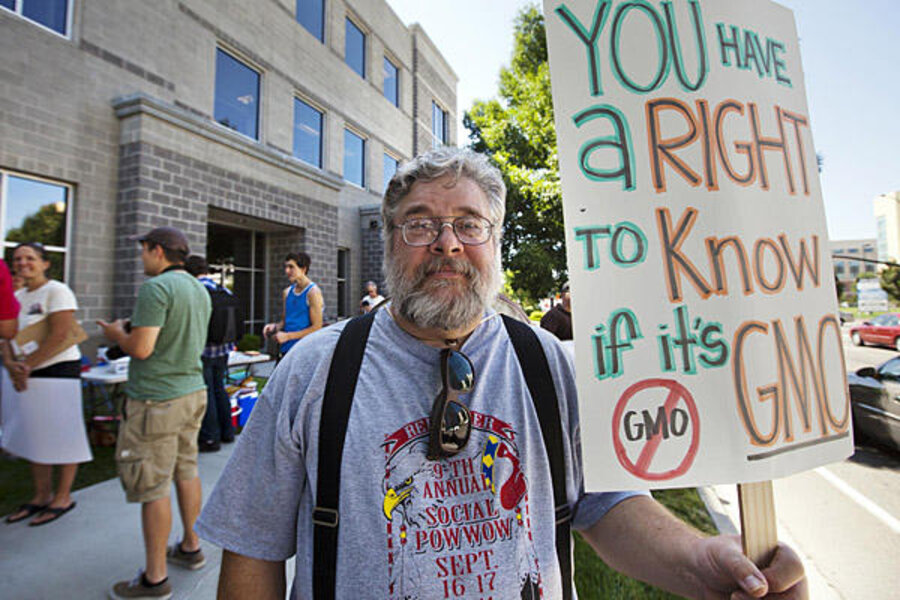Definition: GMO stands for “genetically modified organism.” The term covers any living form whose genetic material has been altered through genetic engineering. In the food world, the term applies mostly to crops that have been grown with the objective of adding or eliminating certain characteristics – delayed ripening in tomatoes, for instance, or faster growth, nutrient resistance, or added nutrients. Done in a lab by injecting certain genes into a plant’s genome, genetic modification is a faster process than the selective breeding used by growers to develop certain characteristics in their crops.
Most GMOs aren’t consumed directly, though some are. The majority are commodity crops like soybeans and corn, which are later processed into a wide variety of foods. There are no genetically modified animals approved as food sources, though a GM salmon was nearing approval by the FDA late last year.
What it means for you: That depends on who you ask. GMOs are broadly considered harmless from a health standpoint, but they come with their share of issues. Opponents argue that GMOs haven't been studied extensively enough to determine the effects, and are pushing for GMO food labels in supermarkets. Some grocers agree; Whole Foods will require all GMOs sold in its stores to be labeled as such by 2018.
Politically, the GMO issue has been a firestorm on both sides: In March, Congress passed H.R. 933, which included a rider that critics are calling the 'Monsanto Protection Act' because it protects food giants like Monsanto from liability in the event that GMOs are found to be harmful. The backlash to the rider was so intense that the chair of the Senate appropriations committee responsible for the bill apologized. In late April, Congress introduced a bill that would require labeling of GMO foods. Last year, 55 members of the senate and house called on the FDA to mandate GMO labels, to no avail.
GMOs have also been the subject of intellectual property disputes. In February, agriculture giant Monsanto brought against soybean farmer Larry Bowman to the US Supreme Court, saying he violated patent laws by not using Monsanto-developed pesticide resistant seeds for his entire soybean crop. The case will be decided in June.
That said, the majority of the food you get at the grocery store aren’t GMOs.








